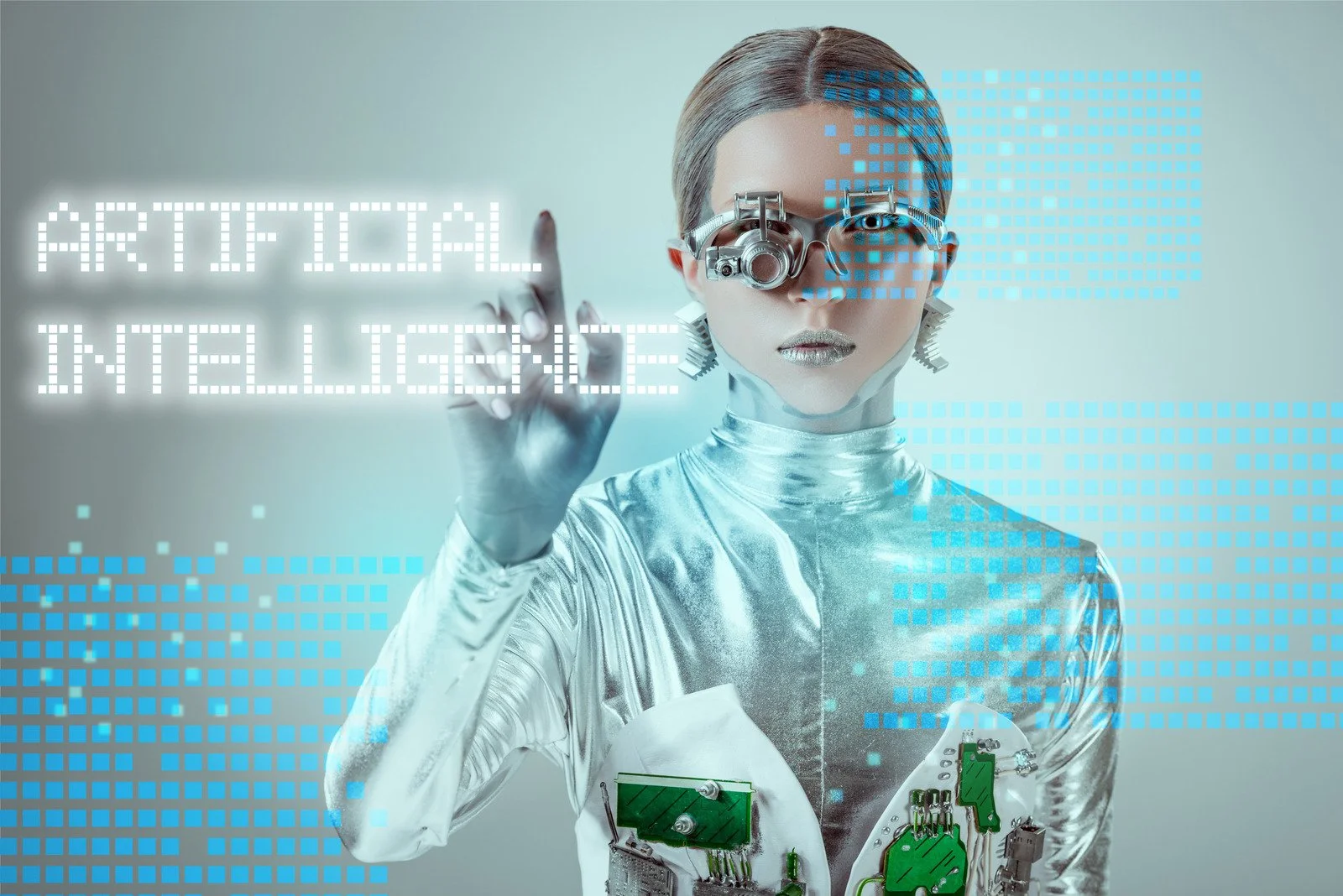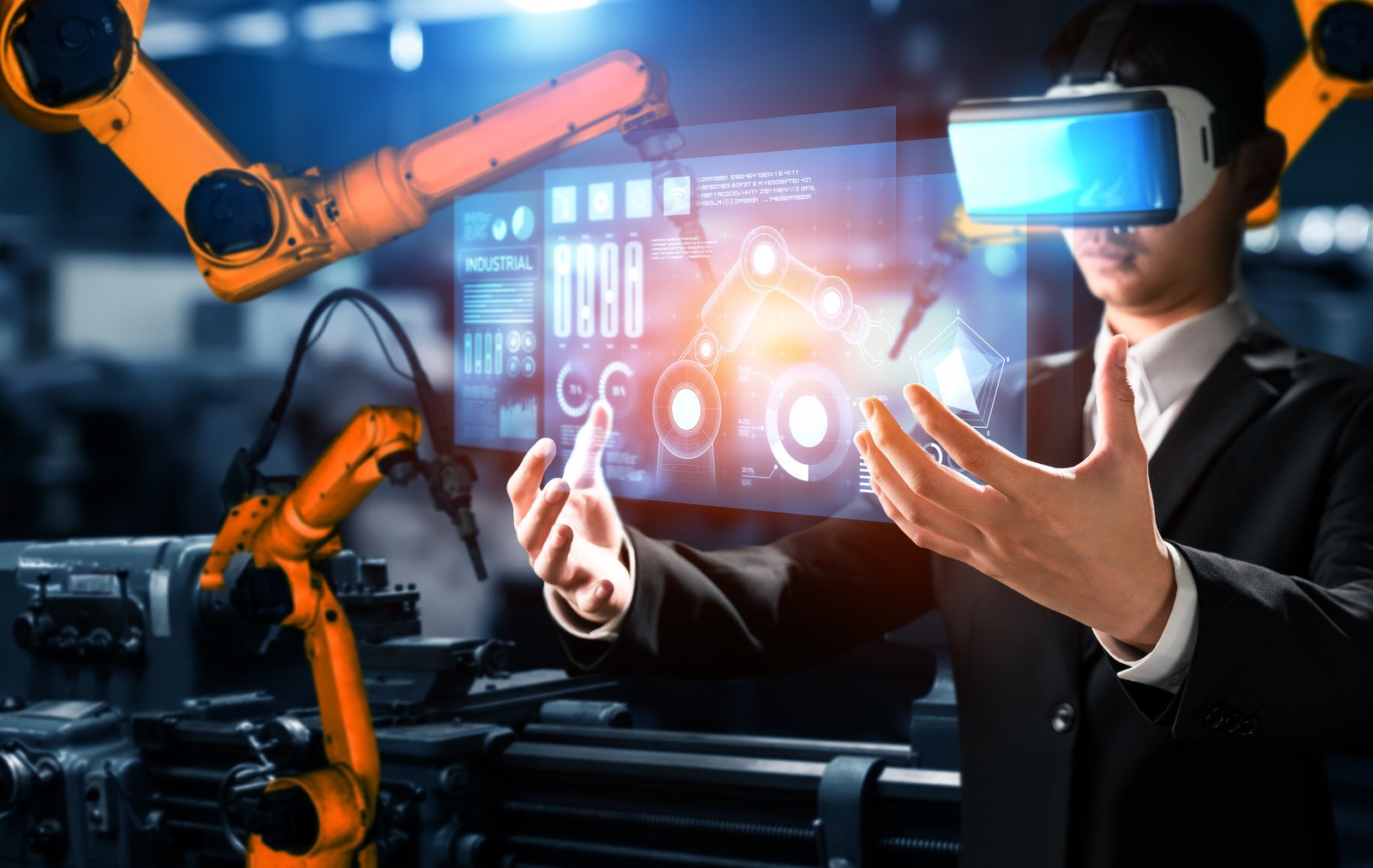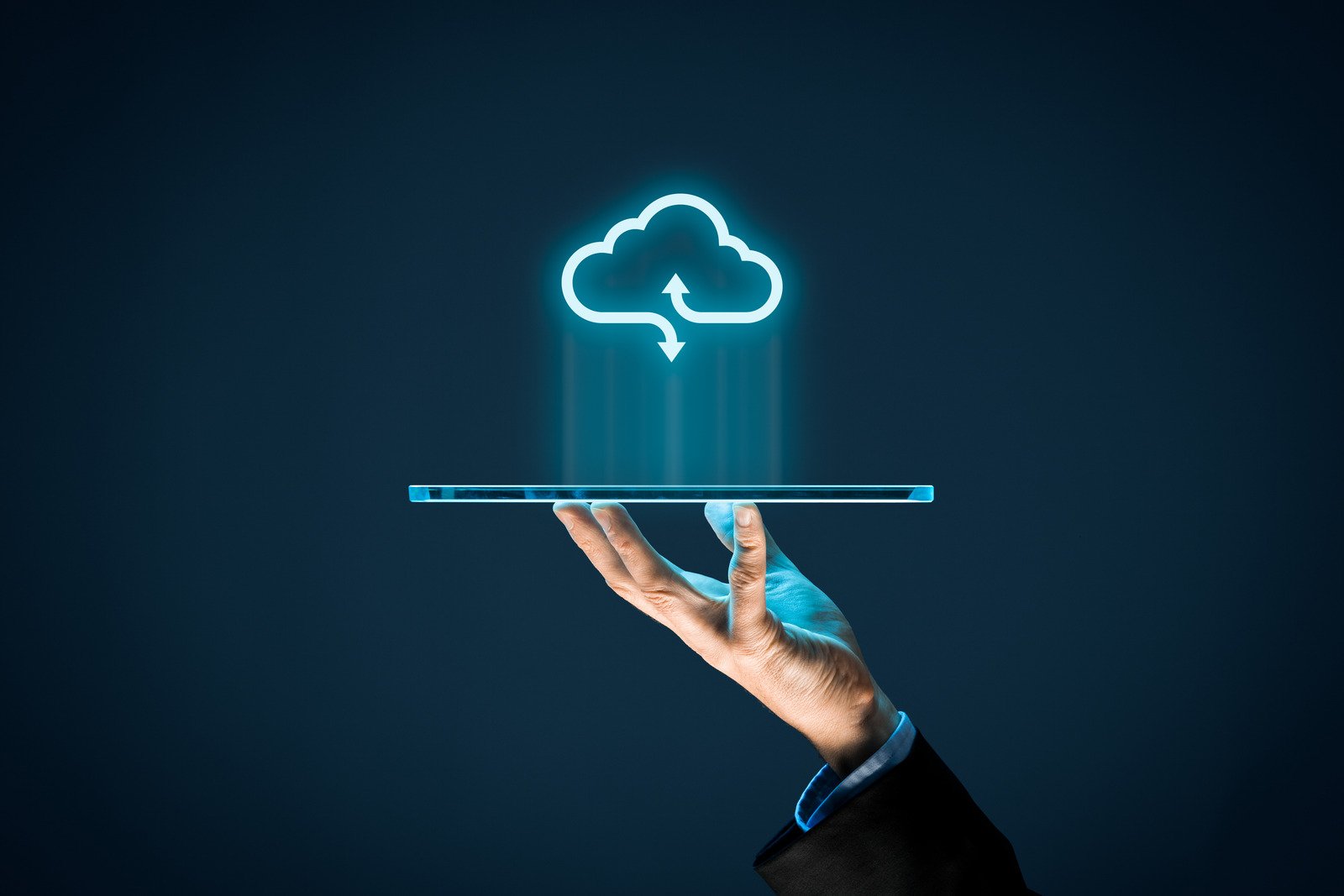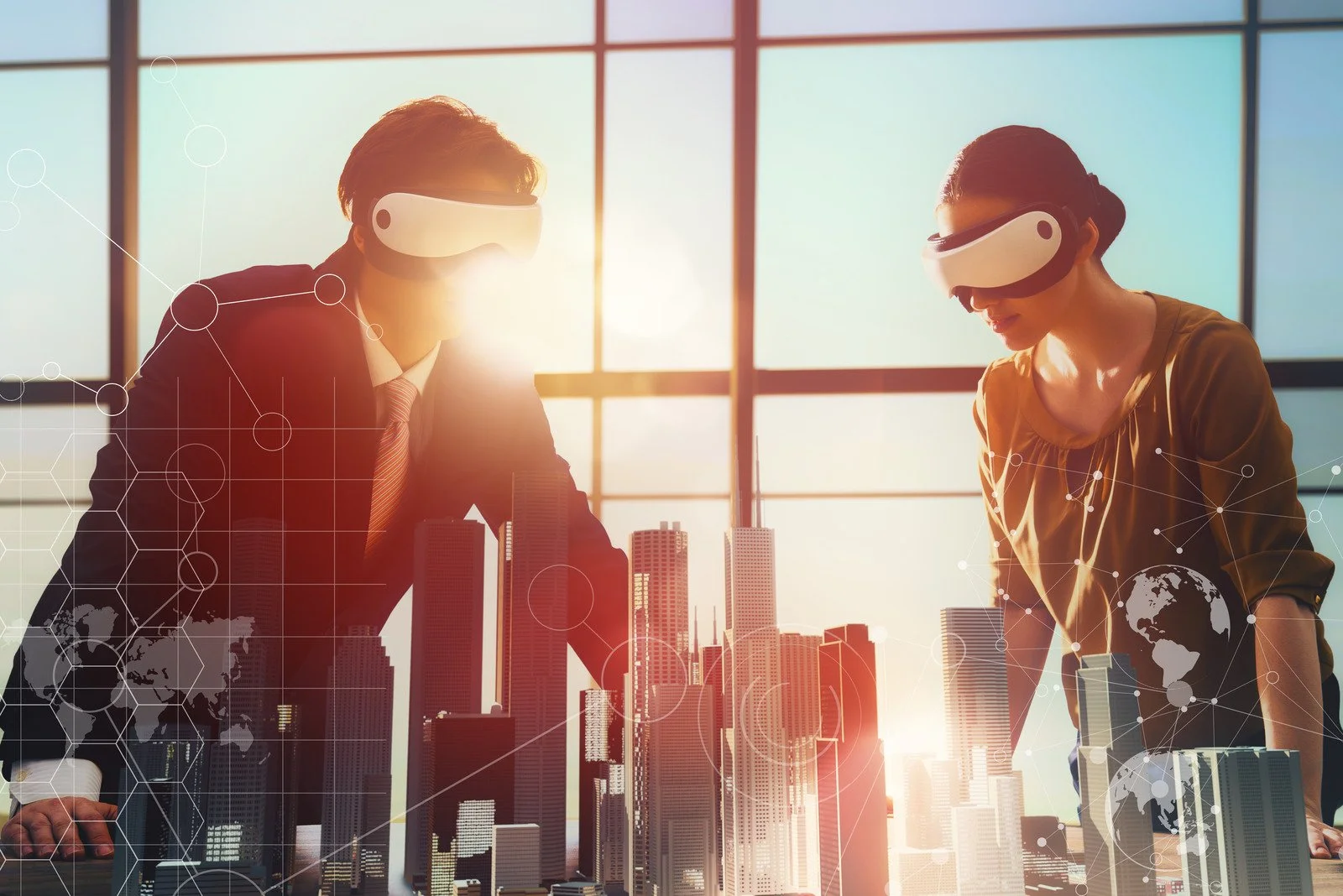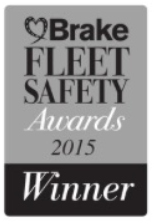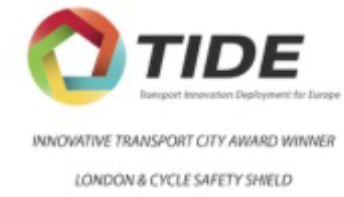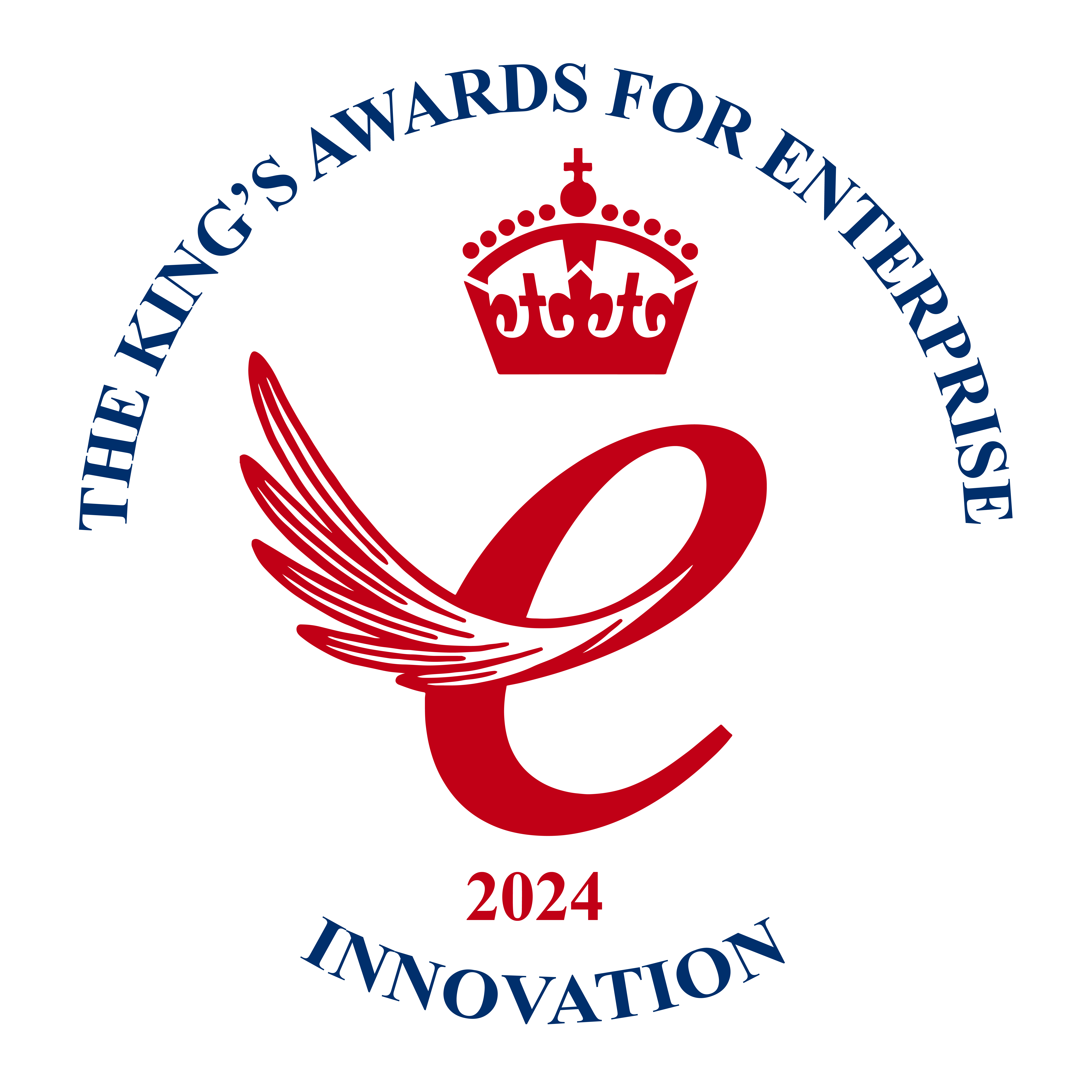Building a Safer Tomorrow: The Role of AI Construction Safety Cameras
AI Construction Safety Cameras are one of the latest technological advancements in the construction industry, designed to improve safety on construction sites.
These cameras use Artificial Intelligence (AI) algorithms and advanced vision technology to monitor and detect potential hazards, helping to prevent accidents and improve overall safety.
Why AI Construction Safety Cameras are Essential
Construction industry sites are a high-risk environment with numerous hazards that can cause serious injuries or even fatalities.
According to the Occupational Safety and Health Administration (OSHA), one in five worker deaths in 2018 were in the construction industry.
Traditional safety measures, such as hard hats and safety regulations, are not always enough to prevent accidents.
This is where AI Construction Safety Cameras come into play. These cameras offer a proactive approach to safety by constantly monitoring the site for potential hazards and alerting workers in real-time.
How AI Construction Safety Cameras Work
Construction Safety Cameras powered by artificial intelligence use advanced vision technology, such as deep machine learning algorithms, to analyse live footage from the construction site.
These cameras can identify potential safety hazards, such as objects or people in dangerous areas, and send alerts to workers or supervisors through a mobile app or on-site display.
The use of AI also allows the cameras to learn and adapt to the actual construction work conditions, making them more accurate and efficient over time.
Construction managers can also access the recorded footage to analyse near-miss events or identify areas for improvement in safety protocols.
Benefits of AI Construction Safety Cameras
There are several benefits of using AI in construction sites, including:
Improved Safety: The primary purpose of AI Safety Cameras in the construction sector is to improve safety on sites. By constantly monitoring and detecting potential hazards, these cameras can help prevent accidents and injuries, ultimately saving lives.
Cost Savings: Construction accidents can result in costly delays, fines, and legal proceedings. By minimizing the risk of accidents, AI Safety Cameras can help save time and money for construction industry companies.
Real-time Alerts: With real-time alerts, workers on-site are immediately notified of potential hazards, allowing them to take immediate action. This quick response can help prevent accidents from occurring and minimize their impact.
Remote Monitoring: AI Cameras can be accessed remotely, allowing construction managers to monitor multiple sites simultaneously. They also have the option of receiving alerts on their mobile devices, making it easier to manage safety protocols.
Disadvantages of using AI in Construction Cameras
As with any technology, AI Construction Safety Cameras also have some disadvantages, including:
High Cost: The cost of implementing AI Safety Cameras can be significant for smaller construction companies.
Privacy Concerns: The use of cameras on construction sites may raise some concerns about worker privacy. It is important to address these concerns and establish clear protocols for the use of the cameras.
Limited Functionality: AI Construction Safety Cameras are designed to detect potential hazards and alert workers. They may not be able to address other issues or monitor the overall progress of a construction project.
Revolutionizing Site Surveillance with AI Technology
AI in construction not only improves safety but also increases productivity and efficiency on the construction site.
AI Construction technology can also be integrated with other smart technologies, such as drones and Internet of Things (IoT) devices, to provide a comprehensive view of the site and potential hazards.
The use of AI technology in construction safety is revolutionizing how we approach risk management and is quickly becoming an essential tool for any construction project.
Proactive Hazard Prevention: AI Cameras in Action
One example of how AI Construction Safety Cameras have successfully prevented accidents is at a construction site in London, UK.
The cameras were able to detect a worker standing too close to the edge of a building and immediately alerted the site supervisor, who was then able to intervene and prevent a potential fall.
Another instance where AI Construction Safety Cameras have been effective is at a large-scale construction project in Singapore.
The cameras were able to detect workers not wearing their hard hats and sent an alert to them, reminding them to put on their safety gear.
Smart Construction: Integrating AI Cameras into Project Management
Artificial intelligence cameras can be used to help project managers to monitor the progress of the construction process and identify any delays or issues that may require attention.
These cameras also have the potential to gather valuable data and track job site work such as:
Worker behaviour,
Site conditions,
Safety compliance,
Safety Hazards
and other factors that can impact project timelines and efficiency.
This information can then be analysed by the project team to make informed decisions for future construction project management and improve overall safety protocols.
Additionally, in case of an accident or incident on-site, AI Construction Safety Cameras provide a detailed record of what occurred, helping to determine the cause and prevent similar incidents in the future.
Project managers can also use the data collected by these cameras to make informed decisions and adjustments to their safety protocols, ultimately improving overall project efficiency and success.
Efficiency and Accountability: Tracking Safety Compliance with AI
AI Construction Safety Cameras can track and record worker movements, ensuring that they are following safety protocols and wearing the necessary safety gear.
This not only promotes a safer work environment but also holds workers accountable for their actions, reducing the risk of accidents caused by negligence or non-compliance.
Furthermore, this data can be used to identify any recurring issues or training needs to improve overall site safety.
Construction management also have the ability to assess worker productivity and efficiency by monitoring their movements and the time spent on each task, allowing them to make informed decisions for future projects.
Cost-Effective Safety Solutions: The ROI of Construction AI Cameras
The use of AI Construction Safety Cameras may seem expensive initially, but the long-term benefits far outweigh the costs.
Not only do these cameras have the potential to save lives and prevent serious injuries, but they also help to avoid costly delays and repairs caused by accidents.
Moreover, integrating Artificial Intelligence technology into the construction industry safety protocols can improve overall project efficiency and productivity, resulting in a higher ROI.
Historical project data can also be used to make informed decisions for future projects, reducing the risk of accidents and delays and ultimately saving money.
Can AI do Construction Cost estimates?
AI technology can also assist in construction cost estimating by analysing historical data and identifying patterns to provide more accurate estimates for future projects.
This can help prevent cost overruns and delays caused by inaccurate cost forecasts.
Scalability and Flexibility: Tailoring AI Solutions to Construction Industry Projects
AI Construction Safety Cameras can be tailored to fit the specific needs and requirements of various construction projects, making them a flexible and scalable safety solution.
From small residential builds to large-scale commercial projects, these cameras can be customized to suit the size and type of construction site.
For example, in smaller projects, a few strategically placed AI cameras may be sufficient for adequate coverage.
In contrast, larger projects may require a more extensive network of cameras and integration with other smart technologies.
Different Types of AI Construction Cameras
Discuss the different types of AI Construction Safety Cameras available in the market, including their features and benefits.
Object Recognition Cameras: These cameras use advanced vision technology to identify potential hazards, such as objects or debris left on walkways or near equipment, and send alerts to workers and supervisors.
Worker Behaviour Tracking Cameras: These cameras track worker movements and actions, ensuring that they are following safety protocols and wearing the necessary gear.
Drone Surveillance Cameras: Drones equipped with AI technology can provide an aerial view of the construction site, identifying potential hazards and providing a comprehensive overview of the project.
IoT Integrated Cameras: These cameras can be integrated with other smart technologies, such as wearables or sensor-equipped equipment, to provide real-time data and alerts on worker safety and site conditions.
Construction Vehicle Camera system: These cameras are mounted on construction vehicles and provide a 360-degree view of the surrounding area, helping to prevent accidents during operations.
Navigating Compliance: How AI Cameras Align with Industry Regulations
The UK has strict regulations and standards in place for construction sites to ensure the safety of workers and prevent accidents.
The use of AI Construction Safety Cameras aligns with these regulations by providing real-time monitoring and compliance tracking to ensure that safety protocols are being followed.
Additionally, the data collected by these cameras can be used as evidence of compliance during regulatory inspections or investigations.
AI Cameras not only promote a safer work environment but also help construction companies comply with industry regulations and avoid penalties or legal action.
Ethical Considerations
When construction companies decide to implement Artificial intelligence technology into their job sites they need to be aware of the ethical considerations that should also be taken into account, including data privacy and worker consent.
Proper protocols and guidelines must be established to ensure that these cameras are used ethically and responsibly.
For example, workers should be informed about the use of AI cameras on-site and their rights to privacy.
Any data collected by these cameras should also be stored safely and securely, following GDPR regulations.
Can AI replace builders?
Though AI technology has the potential to improve efficiency and safety in construction, it cannot fully replace skilled labour workers.
The human element is still essential for decision-making and critical tasks that require physical dexterity and problem-solving skills.
Therefore, instead of replacing builders, AI technology should be seen as a tool to enhance their capabilities and promote safer working conditions.
User-Friendly Integration: Implementing AI in Construction Cameras Without Disruption
The integration of Artificial intelligence in Construction Safety Cameras does not require any significant changes to existing construction site setups, making it a user-friendly process.
These cameras can be easily installed and connected to a network system, providing 24/7 monitoring without disrupting ongoing construction activities.
Furthermore, with the use of cloud-based systems and remote access capabilities, project managers can monitor the site from anywhere at any time, increasing efficiency and overall safety.
Future Trends: What's Next for AI Safety Cameras in Construction
Provide insights into upcoming trends and innovations in construction AI safety cameras, keeping readers informed about the latest advancements.
Artificial Intelligence and Machine Learning: As AI technology continues to evolve, construction safety cameras will become more accurate and efficient in identifying potential hazards.
Virtual Reality Integration: VR-enabled AI cameras can provide a simulated 3D view of the construction site, helping project managers identify potential safety risks before they occur.
Predictive Analytics: By analysing past safety data and patterns, AI cameras can predict potential hazards and prevent accidents before they happen.
Real-Time Response: With the use of IoT technology, AI cameras can trigger immediate alerts to supervisors and workers in case of a safety violation or emergency.
Construction Robotics: The integration of AI cameras with construction robots can provide a safer and more efficient alternative to human labour, reducing the risk of on-site accidents especially those doing repetitive tasks.
AI powered generative Design: AI technology can be used to automatically generate safer and more efficient designs for construction projects, reducing the risk of accidents during the planning and development stages.
Overall, the future of AI Construction Safety Cameras looks promising, with advancements aimed at enhancing worker safety and promoting overall project efficiency.
AI in Construction Safety: A Step Towards a Safer Industry
Aside from Safety cameras AI in construction has numerous other applications, such as virtual reality training and autonomous equipment.
The use of Artificial intelligence technology can help the construction industry not only improve safety but also increase productivity, reduce cost and meet sustainability goals.
Safety Shield Global : A Leading Provider of AI in Construction Safety Cameras
Safety Shield Global not only provides high-quality cameras but also offers comprehensive installation, maintenance, and support services to ensure the seamless integration and functionality of their products.
Our team of experts works closely with clients to understand their specific needs and provide tailored solutions to enhance safety on construction sites.
With Safety Shield Global, construction companies can ensure the protection of their workers and compliance with industry regulations through the use of advanced AI technology.
Conclusion
The use of AI in Construction Safety Cameras is becoming increasingly popular in the construction industry, and for good reason.
These cameras provide real-time monitoring and compliance tracking, promote a safer work environment, and align with industry regulations.
With ongoing advancements in technology, these cameras will only continue to improve and play an essential role in preventing accidents on construction sites.
It is important for construction companies to stay informed about the latest trends and innovations in AI safety cameras to ensure the safety of their workers and the success of their projects.
Partnering with a leading provider like Safety Shield Global can help companies implement these cameras seamlessly and reap the benefits of enhanced safety and efficiency on their job sites.
